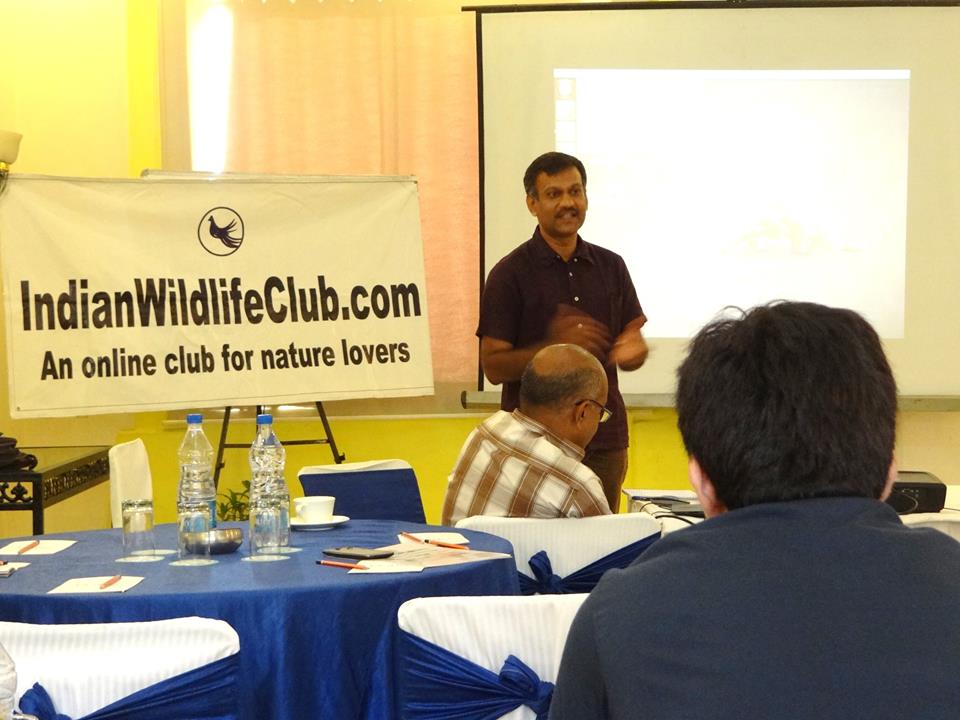 There are more than 1000 different kinds of bamboos in the world. There are no bamboos found in Europe. The worlds largest reserve of bamboos consisting over
115 species both wild and cultivated exists in India.
There are more than 1000 different kinds of bamboos in the world. There are no bamboos found in Europe. The worlds largest reserve of bamboos consisting over
115 species both wild and cultivated exists in India.
The bamboo species have great variation in the thickness of their culm (woodiness of stem) The culm thickness hill bamboos is lesser than a pencil, while Giant bamboo of
Burma can grow 37 m tall with 0.25 m width. It is the largest of all bamboos. The inter nodes of giant bamboo are large enough to be used as petrol or water containers.
Most of the bamboos are erect and quite a few are scramblers and even climbers. One of the climbing bamboos stretching over the crowns of tall forest trees yield fleshy fruits
full of starch.
Nearly all species of bamboo are green when fresh but some like Tiger bamboo are of a beautiful golden colour with green and black stripes.
The growth of bamboo is remarkable. During monsoon, new shoots emerge from the underground rhizome (roots). Elongation of shoots takes place gradually in the initial stage
and then become so active as to grow in leaps. In some tall species, they may grow about one meter in a day! If one has patience to sit for hours by the side of growing clums one can see the actual process of lengthening.
The Pitcher bamboo, which has short, constricted inter nodes and forms bulges or pitchers in a series. This curio is a worthwhile introduction in any botanical garden.
In many bamboo species flowering occurs after 20 or 60 years; in several others it may not occur until 120 years after the last flowering. In some species, however, the interval
may be shorter, 3 years or so; a few may flower even annually. When general mass flowering takes place the spectacle can be breath-taking; it is all the more exciting when we consider that this flowering takes place only once in its lifetime. No matter where
the species grows or whatever be the age of the clump, it happens all so spontaneously. The whole plant, clum, branches and sometimes even rhizomes are transformed in to flowers. It looks as if, before death, the bamboo sacrifices everything to the production
of flowers and fruits.
The tender shoot is very delicate and luscious but at the same time is poisonous as it contains hydro-cyanic acid. These shoots are of great delicacy and serve as supplementary
food. The poisonous effect is destroyed after boiling. Bamboo shoot is then cooked and pickled.
Bamboos have age-old connections with the material need of man are fascinating to the artist, poet, the craftsman and the scientist. The qualities which make bamboo so versatile
are the strength of the clums, their straightness, lightness combined with hardiness, range in size, abundance, easy propagation and short period of attending maturity. Bamboo is a material the is sufficiently cheap but may not be plentiful to meet the vast
need of the human population from child' s cradle to the dead man' s bier.
 By
By
Prashant Mahajan, senior Education Officer, BNHS, Mumbai
To understand more about how the bamboo is part of the lives of people in North East India,click
here.